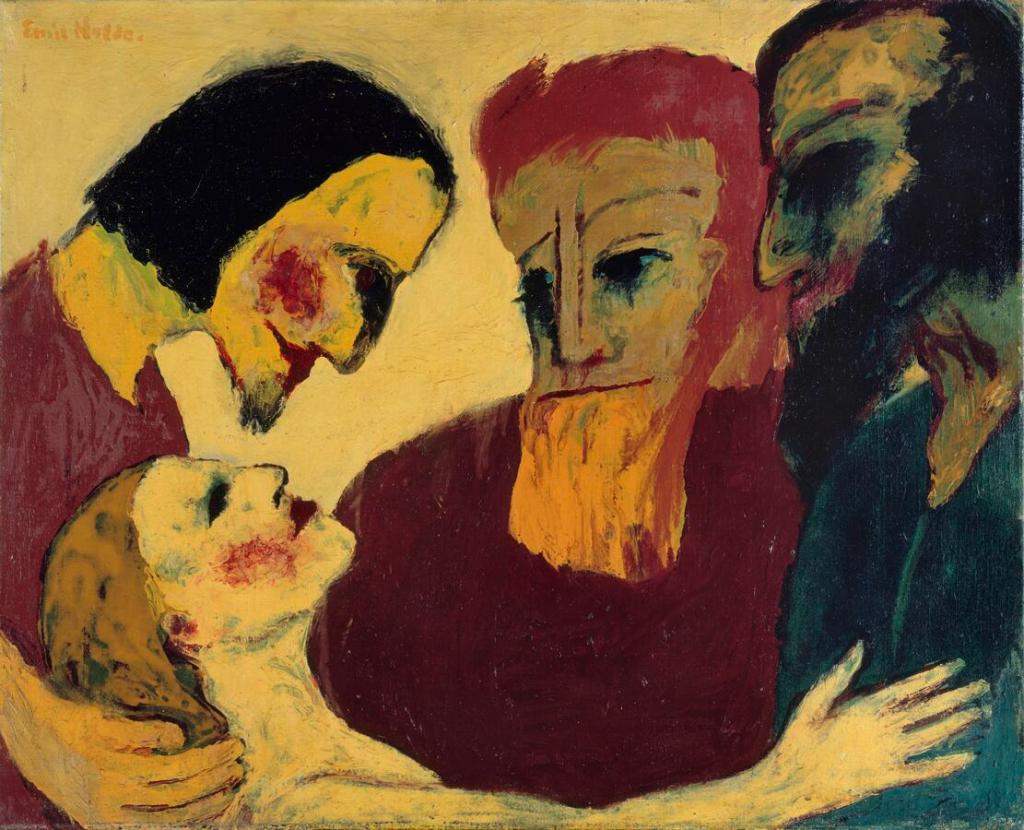
Contributed by Laurie Fendrich / “Modern Art and Politics in Germany 1910-1945,” an exhibition of more than 70 paintings and sculptures on loan from the Neue Nationalgalerie, Berlin to the Kimbell Museum in Fort Worth, runs on three tracks. The first carries the art, two-thirds of which has never before been seen in the United States. The second, via informative and well-written wall texts, follows political developments in Germany during three-and-a-half fraught decades. The third consists of the imaginations of museumgoers who, like me, can’t help but see similarities between Weimar Germany in the years leading up to Hitler’s rule and America during Trump’s rise and authoritarian presidency.
Dieter Scholz and Irina Hiebert Grun from the Neue Nationalgalerie and T.M. Shackelford from the Kimbell have structured this exhibition by style and theme rather than chronology. “Expressionism,” with paintings by such well-known artists as Emil Nolde, Otto Mueller, and Ludwig Kirchner, opens the exhibition. Next comes “New Objectivity,” a stylistic reaction to the subjectivity of Expressionism whereby modern artists, frequently inspired by Old German Masters, employed realism to comment on both the bohemian and the bourgeois sides of life in the Weimar Republic. Here reside some lesser-known painters, such as Kate Diehn-Bitt, whose lovely Self-Portrait with an Orange depicts an androgynous sitter with an enigmatic half-smile and a haunting, faraway gaze.
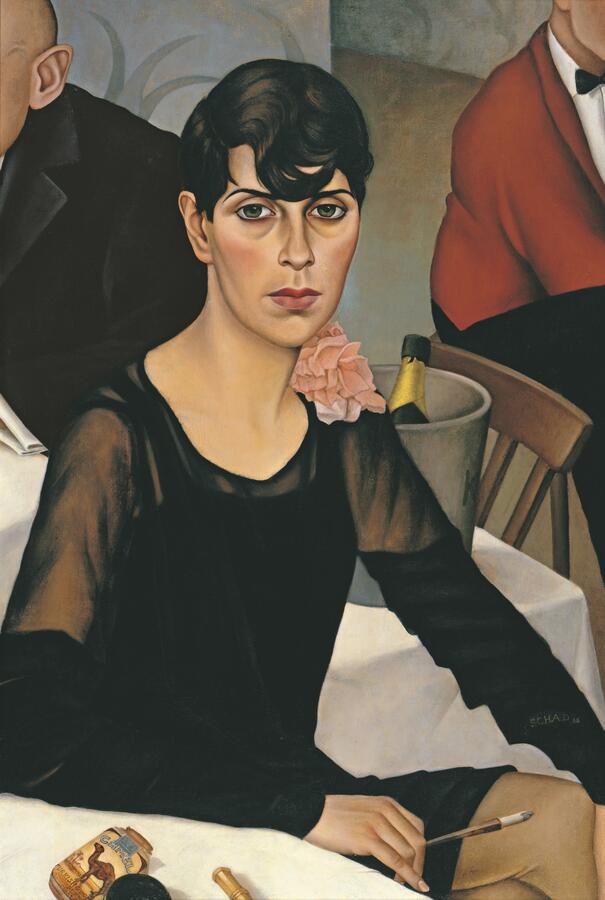
“New Objectivity” also includes Christian Shad’s brilliant Sonja (1928), a painting the catalogue describes as “a touchstone … and a prototypical depiction of the self-confident, emancipated woman in the Weimar Republic.” Shad’s riveting image is painted with clarity and panache. Sonja – not her real name – is seated in a trendy café, sports a stylish bob, and wears a short “little black dress” while deftly balancing her cigarette holder. Although she had a Jewish background, Sonja was a citizen in modern German society. That status ended after Hitler came to power in 1933. (With the help of the German painter Franz Herda, whom she later married, she managed to escape the Third Reich.)
Another section, “International Avant-Gardes,” contains work by German and non-German artists, including portraits of thriving modern German art dealers. Most were Jewish and ended up losing their businesses and fleeing Germany. “Modes of Abstraction” contains paintings by early abstract artists – including Lionel Feininger, Kandinsky, Klee, and Gabriele Münter (Kandinsky’s wife for about a decade before they divorced) – which the Nazis mocked as being “ugly” and “degenerate.”
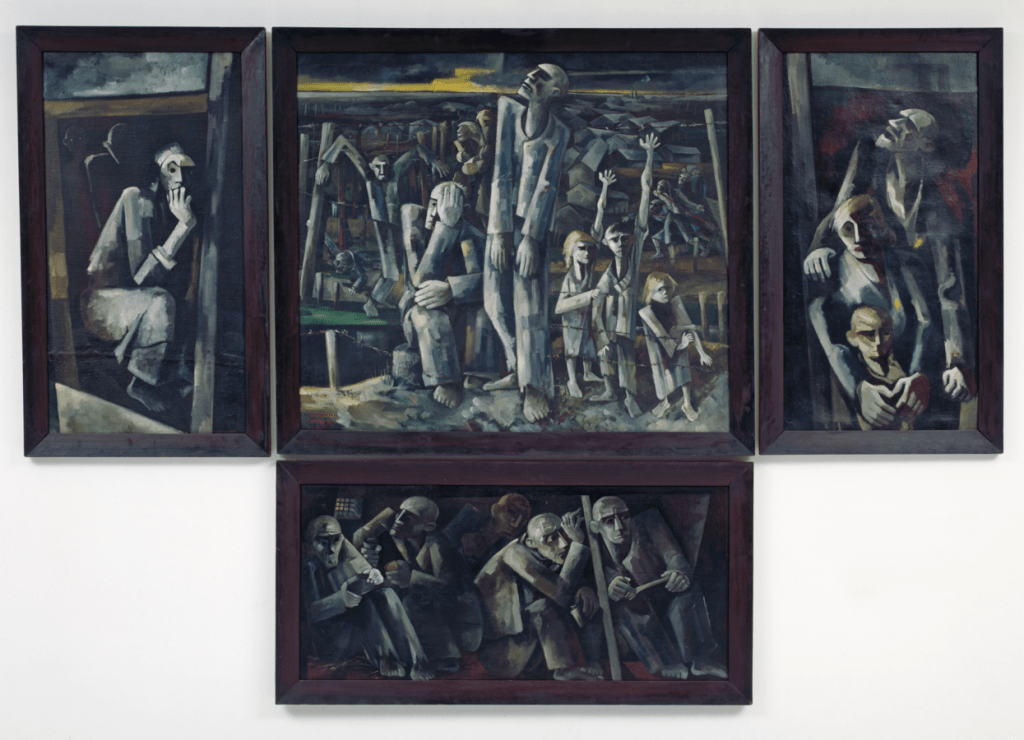

Though disdained by the bourgeoisie, modern art and artists in the Weimar Republic thrived in such German cities as Berlin, Munich, Dresden and Cologne. In 1937, the Nazis held the Degenerate Art Exhibition in Munich to show visitors how vile and morally reprehensible it all was. Then they uprooted modern art from German culture. Replacing it with “Aryan art,” they seized, destroyed, or sold abroad tens of thousands of works, though some, hidden by artists or collectors, resurfaced after the war. By the late thirties, a modern artist – especially a Jewish one – could not openly practice as such in Germany. Many fled the country. Max Beckmann, who’d been fired from his Bauhaus job in 1933, left Germany for Amsterdam the day after Hitler opened the Degenerate Exhibition with a speech condemning modern art.
In 1980, the Australian-born critic Robert Hughes implied that Picasso’s Guernica, as the “one humane, political work of art” in the previous fifty years” that had “achieved real fame,” was the only one that had had a real and lasting impact on politics. This exhibition reinforces his conclusion. Even George Grosz’s famous Pillars of Society (1926) excoriating the bourgeoisie and the Nazis – hung near the end of the exhibition – didn’t make any political figure budge.

“Modern Art and Politics in Germany 1910-1945: Masterworks from the Neue Nationalgalerie, Berlin,” Kimbell Art Museum, 3333 Camp Bowie Boulevard, Fort Worth, TX, through June 22, 2025. Albuquerque Museum of Art, 2000 Mountain Road NW, Albuquerque, NM, August 23, 2025–January 4, 2026. Minneapolis Institute of Art, 2400 Third Avenue South, Minneapolis, MN, March 7–July 19, 2026. Curated by Irena Hiebert Grun, Dieter Scholz, and George Shackelford.
About the author: Laurie Fendrich is an abstract painter and arts writer who lives in Lakeville, CT. She is represented by Louis Stern Fine Arts in Los Angeles and is a frequent contributor to Two Coats of Paint.

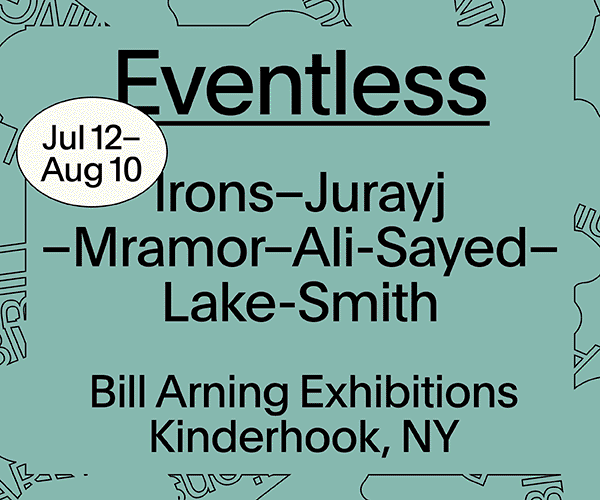
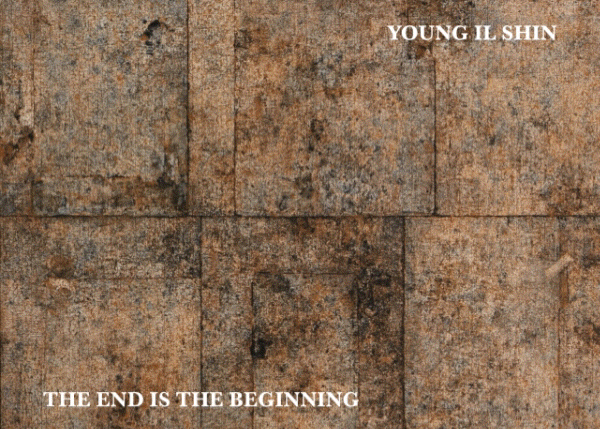
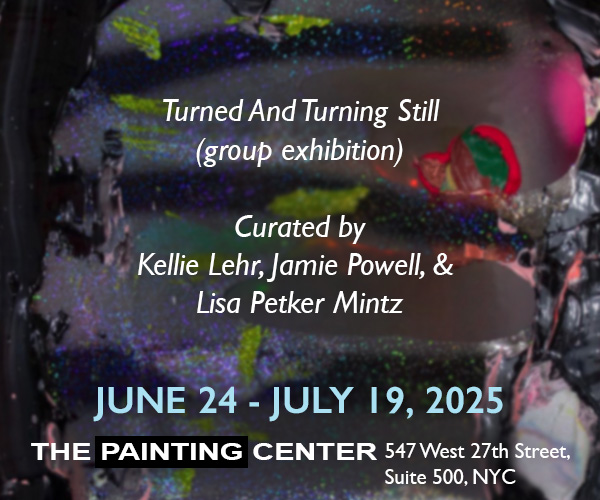
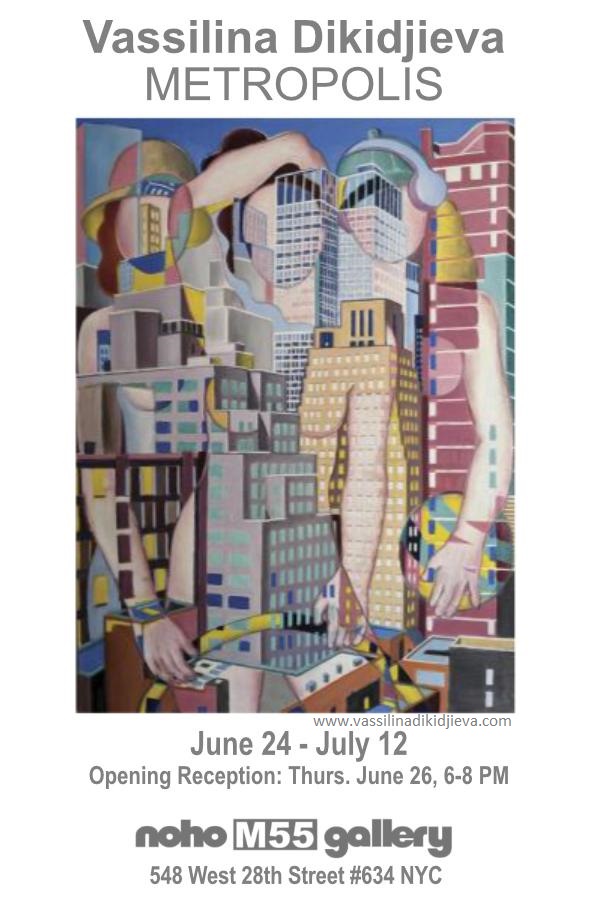
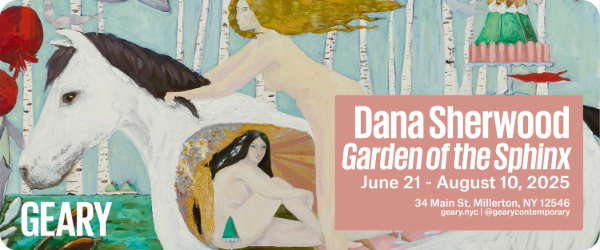










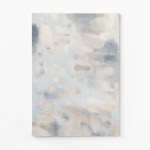
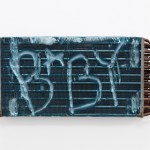
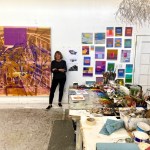
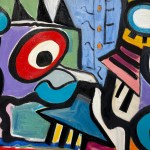
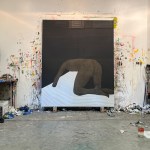
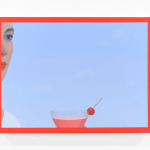
How is it that immediately after the arson in Harrisburg, the murders in Washington, DC, and the firebombings in Boulder, all directed at American Jews and perpetrated by a Free Palestine movement that has become the darling of the American left and the arts in particular, despite its ethnic nationalism and concrete overlap with historical Nazism, arts writers are still likening Trump to Hitler? This rhetorical conceit was already spurious and dated, but now it’s irresponsible.
Thanks, Laurie, for another perceptive and lucid review. Sure wish I could get to Fort Worth or Minneapolis, but I fear that’s not going to happen.
Franklin, that other events have American Jews as their victims in no way obviates the obvious parallels between Trump and Hitler on the rise.
Yes, Laurie, another good description of a well meaning exhibit with no influence on current political views despite the common thread between Hitler and Trump. Well done Laurie.
Sounds like an interesting exhibition and I’m happy to see your review. Glad that you appreciate Schad.
Your concluding remarks about so-called political art made me wonder, though. Does art that respond directly (or even indirectly) to its political environment really aim to affect sweeping change, or does it merely intend to record that situation and and express the artist’s feelings about it? I have a friend who is painting urban landscapes that dramatize the contrast between the privileged and the unfortunates who inhabit his Lower Eastside Manhattan neighborhood. When I asked him if he minded that his work would have no impact on social/political inequality, he said that wasn’t why he made these paintings. He said he just wanted to bear witness to what he he saw and experienced daily. So, in my mind, his work has value and could even be considered political even though it doesn’t produce measurable change.
.
Nancy, thank you for making the important point that some artists just want to bear witness to what they see and aren’t aiming to make an impact in the world of politics. I have no quarrel with that position. In my own abstract art, I neither try to bear witness to what I see going on in politics, nor aim to have it make an impact on politics, and even so, just like your friend, I make no apologies for this.
My main point in my post was to avoid intentionality on the part of the artists and instead argue there’s a divide between art with political content and the politics surrounding its making. While politics affects art (at one end, there’s censorship, at the other end, propaganda art), in the modern era, the fine arts, unlike journalistic photography, have no significant impact on politics.
I ascribe to the oldest and simplest definition of politics: Politics is about how people find a way to live together instead of going to war. To my mind, when it comes to art and politics, the fine arts today can at most be like your friend–bearing witness to the politics of our time.
Thank you Laurie and two coats for writing and posting about this exhibition, so meaningful for Americans at this time. I saw this exhibit in Berlin a couple of years ago, and it is truly amazing. What a collection of fantastic paintings from the pre nazi era. expressionist art. So revealing of what the culture, and atmosphere was in Berlin at the time. What an insight into the boiler mix of social happenings that resulted in what seems like unimaginable results, You can feel it tangibly in the works. Not to be missed show if you are near Fort Worth. And the Kimbell is such a wonderful museum.
It’s pretty hard to make an impact if no one is looking. Some of us are out here posting relevant work, but if you’re like me and have a miniscule audience, of course your work is not going to change anything in a big way. I, too, feel compelled to record the atrocity and anxiety of this time because that’s a contribution I’m equipped to make. I can (and do) march and donate and sign petitions and vote, but I can also record for any posterity that is ideally free to look.